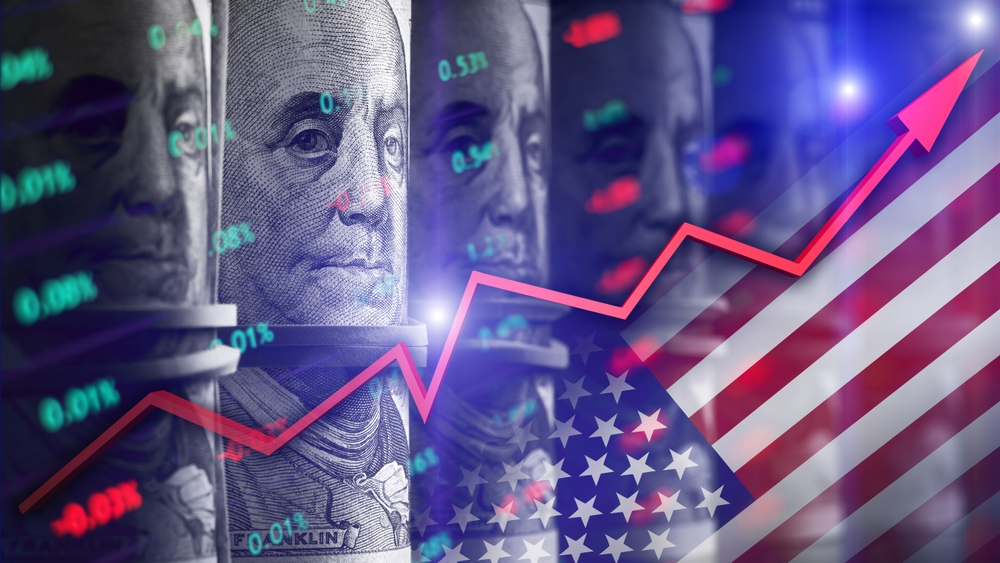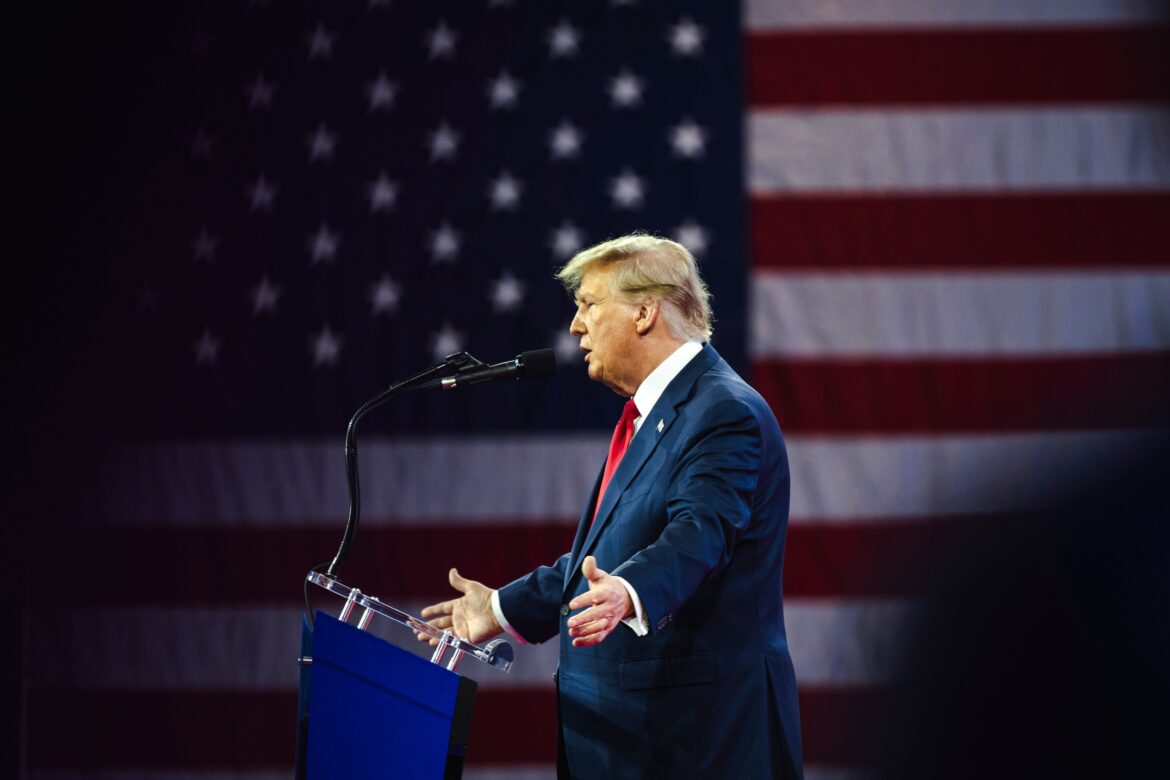The return of Donald Trump to the presidency could significantly influence the trajectory of the United States economy. As one of the most polarizing figures in modern American politics, Trump’s policies are bound to create ripple effects across industries, financial markets, and global trade. This blog delves into the possible economic implications of Trump’s return to power, exploring key areas such as job creation, trade relations, tax policies, and the national debt.
Trump’s Economic Policies: A Recap
To understand the potential future, it’s essential to look back. During his first term, Trump prioritized tax cuts, deregulation, and a hardline stance on trade. The Tax Cuts and Jobs Act of 2017, for instance, reduced corporate tax rates significantly, aiming to spur business investment. While this move benefited large corporations and the stock market, critics argued that it disproportionately favored the wealthy.
On the trade front, Trump’s “America First” policy led to tariff wars with China, which disrupted global supply chains. Although the tariffs aimed to protect domestic industries, many American farmers and small businesses bore the brunt of retaliatory tariffs.

Job Creation and Unemployment
If Trump resumes his economic agenda, job creation will likely be a key focus. His previous presidency saw unemployment rates hitting historic lows before the COVID-19 pandemic. However, critics contend that many jobs added were low-wage positions, leaving room for debate on the overall quality of employment.
Trump’s focus on energy independence, including boosting oil and gas production, could create jobs in the energy sector. On the other hand, his skepticism toward renewable energy may limit job growth in emerging green industries.
One of Trump’s hallmark strategies is reducing taxes. If re-elected, he may push for further tax cuts, particularly for corporations and high-income earners. While such policies could stimulate investment, they may also increase income inequality.
Additionally, critics argue that tax cuts can lead to reduced government revenue, potentially straining public services such as healthcare, education, and infrastructure. The debate over balancing tax incentives with social welfare funding will likely resurface.
Global Trade Relations: A Mixed Bag
During his presidency, Trump’s trade policies were both praised and criticized. The tariffs imposed on Chinese goods aimed to protect American manufacturing but often resulted in higher prices for consumers. If Trump reintroduces similar measures, businesses that rely on imports may face challenges, while domestic manufacturers could see short-term gains.
Moreover, Trump’s approach to international trade agreements could affect global alliances. His withdrawal from the Trans-Pacific Partnership (TPP) and renegotiation of NAFTA into the USMCA signaled a shift toward bilateral trade deals. A return to power may see the US adopting a more protectionist stance, which could reshape global trade dynamics.
National Debt and Deficit: A Growing Concern
The US national debt surged during Trump’s first term, partly due to tax cuts and increased military spending. If similar policies are implemented again, the debt could rise further. Critics warn that ballooning debt may weaken the US dollar and reduce the country’s fiscal flexibility in times of crisis.
Impact on the Stock Market
Trump’s presidency was marked by stock market highs, driven by tax cuts and deregulation. Financial markets often react favorably to pro-business policies, and a Trump victory could trigger a similar rally. However, increased market volatility might occur if trade wars resurface or regulatory changes disrupt specific sectors.
Investors in industries like energy, manufacturing, and technology will closely watch Trump’s policies. While some sectors could thrive, others, such as renewable energy, might face uncertainty.
Energy Policies: Fossil Fuels vs. Renewables
Trump’s return could revive policies favoring fossil fuels, including deregulation of oil and gas industries. While this might boost domestic energy production, it could hinder progress toward renewable energy goals.
The economic implications of such a shift are twofold. On one hand, jobs in traditional energy sectors could grow; on the other, the US may lag in the global transition to clean energy, potentially losing competitive advantage.
Inflation and Interest Rates
Economic experts speculate that Trump’s fiscal policies could impact inflation and interest rates. While tax cuts and deregulation might stimulate short-term growth, increased government spending could contribute to inflationary pressures. The Federal Reserve’s response in adjusting interest rates will be critical in managing these economic challenges.

What It Means for the Average American
For everyday citizens, Trump’s policies will have varied effects. Tax cuts could leave more money in people’s pockets, but potential reductions in public services might offset these gains. Meanwhile, changes in trade policies could affect the cost of goods, impacting household budgets.
Workers in specific industries, such as manufacturing and energy, might benefit from job growth, while those in sectors reliant on global trade could face challenges.
Conclusion: A Mixed Economic Outlook
The economic impact of Trump’s return to power will depend on how his policies are implemented and the broader global economic environment. While tax cuts and deregulation might boost short-term growth, concerns about income inequality, national debt, and trade disruptions cannot be ignored.
As Americans brace for potential policy changes, staying informed about the implications on jobs, taxes, and the cost of living will be crucial. Whether Trump’s return strengthens or weakens the US economy will ultimately depend on the balance between pro-business initiatives and their long-term consequences.
